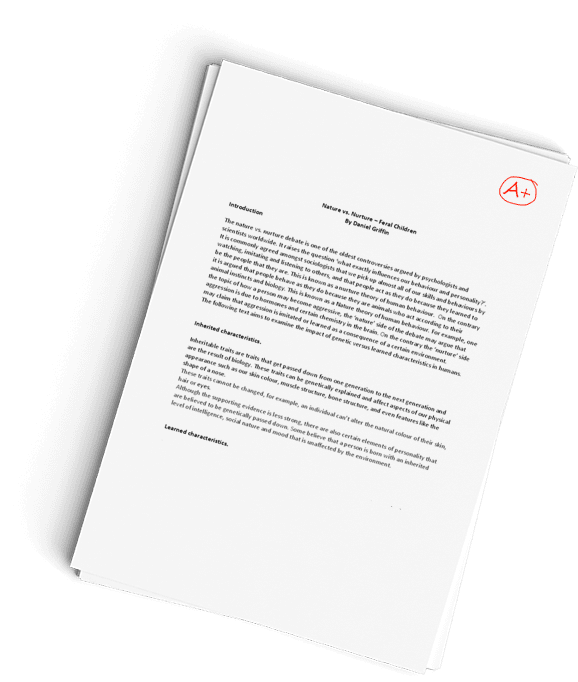CSUS Intertemporal Trade Sovereign Risk & Asymmetric Information Questions
Question Description
1 Intertemporal Trade
Present a brief explanation for why the theory of international capital markets can be recast as a theory of international trade over time. What are key differences between trade in goods and services as compared to the exchange of capital? What gains from international investment are there beyond those of intertemporal trade? What are the risks associated with intertemporal trade?
Consider the effects of capital market integration.
- 1.1. An economy has an endowment of income of Ytoday and invests a strictly positive amount of that income Itoday for future consumption. Draw the economys intertem- poral production possibility frontier and demonstrate todays consumption, todays investment, tomorrows consumption, and tomorrows income in a closed economy.
- 1.2. Now assume the economy has access to international capital markets at the world interest rate (1+r?). What will this do to the economys consumption and investment decisions? Again, draw the economys intertemporal production possibility frontier and demonstrate todays consumption, todays investment, tomorrows consump- tion, and tomorrows production in an open economy.
2 Uncertainty, Asymmetric Information and Hidden Action
Explain why the three crucial institutional conditionsverifiability of states of nature, the enforceability of contractual stipulations, and the prevention of hidden actionsare tan- tamount for the idea that the case for free international capital markets is the same as the case for free trade but for the subscripts. Explain why under these three institutional conditions the diversification of country risk under uncertainty provides another source of gains from intertemporal trade.
3 Sovereign Risk
Explain why higher default risk increases the interest rate. Provide a numerical example to illustrate your verbal explanation.
Explain how a lacking willingness to repay sovereign debt (lacking international en- forceability of contractual stipulations) changes the standard case of intertemporal trade. For this purpose, elaborate the moral hazard problem associated with international debt service and default. Distinguish between ability and willingness to repay.
1
Explain how a provoked inability to repay sovereign debt (under hidden action) changes the standard case of intertemporal trade, and relate the idea of minimum guaranteed con- sumption to bailouts. Then explain two scenarios under which lacking willingness to repay can be concealed as lacking ability.
4 Bond Values, Yields and Interest Rates
Suppose a 1 dollar bond with 1 year maturity has a 1 dollar face value and is trading at a 33 percent discount. What is the market value of the bond? The contractual interest rate is 8 percent. What is the effective nominal yield on the bond?
Now suppose a bond with 1 year maturity has a face value of d dollars (including prin- cipal and interest). There is a probability of 33 percent that the bond issuer (borrower) will default completely. Otherwise, the issuer will pay in full. What is the market value v of the bond? The contractual interest rate is 8 percent. What is the effective nominal yield on the bond?
Suppose the default probability increases to 50 percent. What is the market value v? of the bond now? At a contractual interest rate of 8 percent, what is the effective nominal yield on the bond now?
Consider an investor. There are two bonds. One pays v? with 100 percent certainty. The other bond pays d with a 50 percent chance, and zero otherwise. Which bond, if any, will the investor prefer?
5 Debt Management and the Debt Laffer Curve
Take the role of a macroeconomic consultant to a national government with an outstanding debt burden that requires management. Suppose the Debt Laffer Curve takes a pecu- liar kinked shape: the market value V of outstanding debt grows at a rate of 1:1 with the face value D of the debt up to a certain debt level of D and that the market value of debt subsequently stays constant.
Suppose the countrys outstanding face value of debt is currently $1 billion US dollars and that one unit of the debt currently trades at 30 cents on the dollar.
- What is the current market value V of outstanding debt (in $)?
- Propose a complete strategy for the debtor country to reduce its debt burden V to the minimally possible amount, by optimally combining debt forgiveness and debt buybacks, under the condition that the debtor country is no worse off at any step in terms of net resource outflows compared to its preceding debt position. For each proposed step of your strategy remark whether you propose forgiveness or buyback,
state the market value v of one unit of debt at the start and at the end of the step,and
state the outstanding face value D at the start and at the end of the step - Can the country fully eradicate its debt? Why or why not?
- Would the strategy work for a typical Debt Laffer Curve that is smooth (no kinks)?2
6 Current Account Sustainability
Explain how the current account balance differs from the trade balance when there is a net foreign wealth position. Explain why the difference between the current account balance and the trade balance is the same as between GNI and GDP.
Suppose long-term debt sustainability means a stable net foreign wealth position, pos- sibly negative and large, so that the current account balance from a certain point in time on is zero. Explain how the trade balance needs to relate to interest payments in this case.
Have a similar assignment? "Place an order for your assignment and have exceptional work written by our team of experts, guaranteeing you A results."








